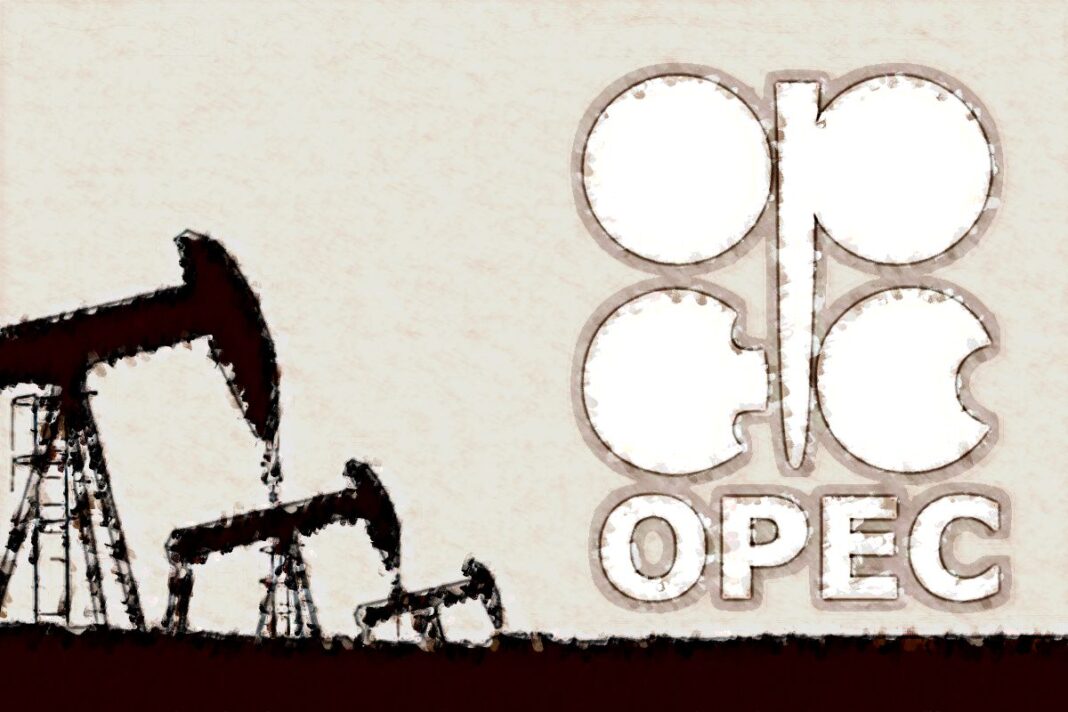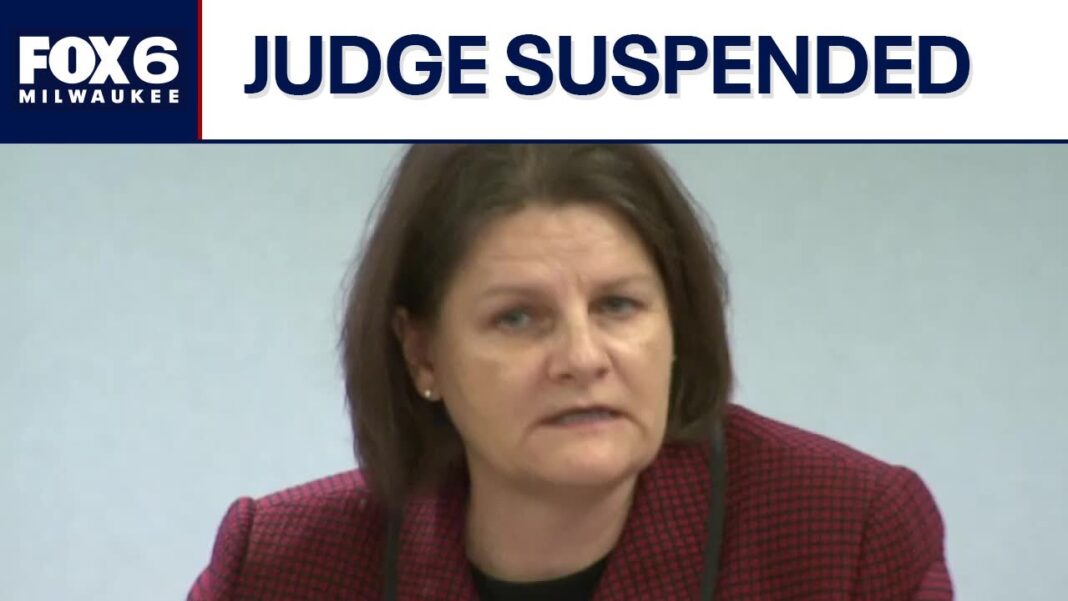While crude oil prices tumble, one market analyst says the situation may be ‘less bearish.’
U.S. crude oil prices fell by more than 1 percent on May 5, after eight major energy producers agreed over the weekend to accelerate production.
West Texas Intermediate (WTI), a U.S. benchmark for oil prices, tumbled by 1.5 percent to below $58 a barrel on the New York Mercantile Exchange. U.S. oil prices are down 20 percent this year.
Brent, the international benchmark for oil prices, erased about 1.3 percent to slide below $61 a barrel on London’s ICE Futures exchange. Year to date, Brent prices have slumped by more than 19 percent.
Allies of the Organization of Petroleum Exporting Countries, OPEC+, agreed on May 3 to bolster output by another 411,000 barrels per day (bpd) effective June. This is higher than the market’s consensus forecast of 140,000 bpd.
In a statement following the virtual meeting, officials said “current healthy market fundamentals” facilitated the decision to adjust output levels.
“The gradual increases may be paused or reversed subject to evolving market conditions,” OPEC stated. “This flexibility will allow the group to continue to support oil market stability. The eight OPEC+ countries also noted that this measure will provide an opportunity for the participating countries to accelerate their compensation.”
Last month, the eight OPEC+ members—Algeria, Iraq, Kazakhstan, Kuwait, Oman, Russia, Saudi Arabia, and the United Arab Emirates—announced they would increase production levels by the same amount.
Industry observers viewed the decision as a way to punish certain members for overproducing, which sharply lowered oil prices.
“Remember that Saudi Arabia was doing the heavy lifting—cutting an additional [1 million barrels per day] at some point—to help the group achieve its goals, while Kazakhstan and Iraq were often accused of not complying fully with their promises,” Ipek Ozkardeskaya, a senior analyst at Swissquote Bank, said in a note emailed to The Epoch Times.
The group is managing production on a month-by-month basis, choosing July output levels at the June 1 meeting.
It is unclear how far the institution is willing to go, particularly as Saudi Arabia needs approximately $90 a barrel to balance the budget, according to Warren Patterson, the head of commodities strategy at ING.
“The key to knowing how far the Saudis will take what is starting to look like a price war is the nation’s tolerance for low oil prices over time,” Patterson said in a May 3 note.
“Saudi Arabia will be able to lower its fiscal breakeven level by pumping more. Obviously, this also depends on how much lower prices trade amid increased supply.”
By Andrew Moran








